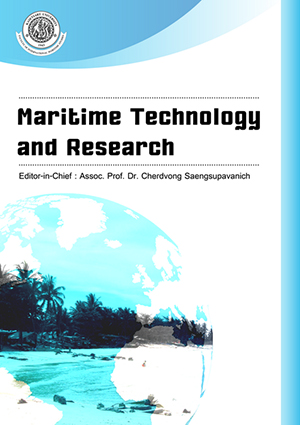ThaiScience
ThaiScience
MARITIME TECHNOLOGY AND RESEARCH
Volume 2, No. 04, Month OCTOBER, Year 2020, Pages 231 - 242
Effect of aquaculture-agriculture sewage on the relation between iron and other trace element content in venus clam from the coastal lagoons of the gulf of california
H?ctor Hugo Vargas-Gonz?lez, Jos? Alfredo Arreola-Liz?rraga, L?a Celina M?ndez-Rodr?guez, Ram?n Gaxiola-Robles, Jaqueline Garc?a-Hern?ndez, Sergio Ticul Alvarez-Casta?eda
Abstract Download PDF
In coastal systems, concentrations of trace metals in filter feeders such as shellfish may be affected by anthropogenic activities, including agriculture and aquaculture. Shellfish are a good source of iron, but can also be a potential source of toxic elements, such as cadmium and lead, when consumed by humans. The objective of this study was to determine the differences in iron, zinc, copper, manganese, nickel, lead, and cadmium levels in tissue of the clam Chione gnidia collected from a coastal lagoon influenced by agriculture (Lobos) or aquaculture (Tobari), using an atomic absorption spectrophotometer. The relationship of iron with all other trace elements in these organisms was explored using a generalized linear model (GLM). Iron, copper, manganese, and cadmium concentrations were significantly higher in shellfish collected from the coastal lagoon influenced by agriculture, while nickel was significantly higher in shellfish from the lagoon influenced by aquaculture. In these shellfish, cadmium and lead levels were the factors limiting the weekly intake of clam flesh. The GLM model explained 59 % of the iron concentration in Venus clam, suggesting that this element is directly related to zinc and manganese levels, but inversely related to cadmium content in Venus clam.
Keywords
Trace elements, Generalized linear model, Seafood, Provisional Tolerable Weekly IntakeMARITIME TECHNOLOGY AND RESEARCH
Published by : Faculty of International Maritime Studies, Kasetsart University
Contributions welcome at : https://www.tci-thaijo.org/index.php/MTR
